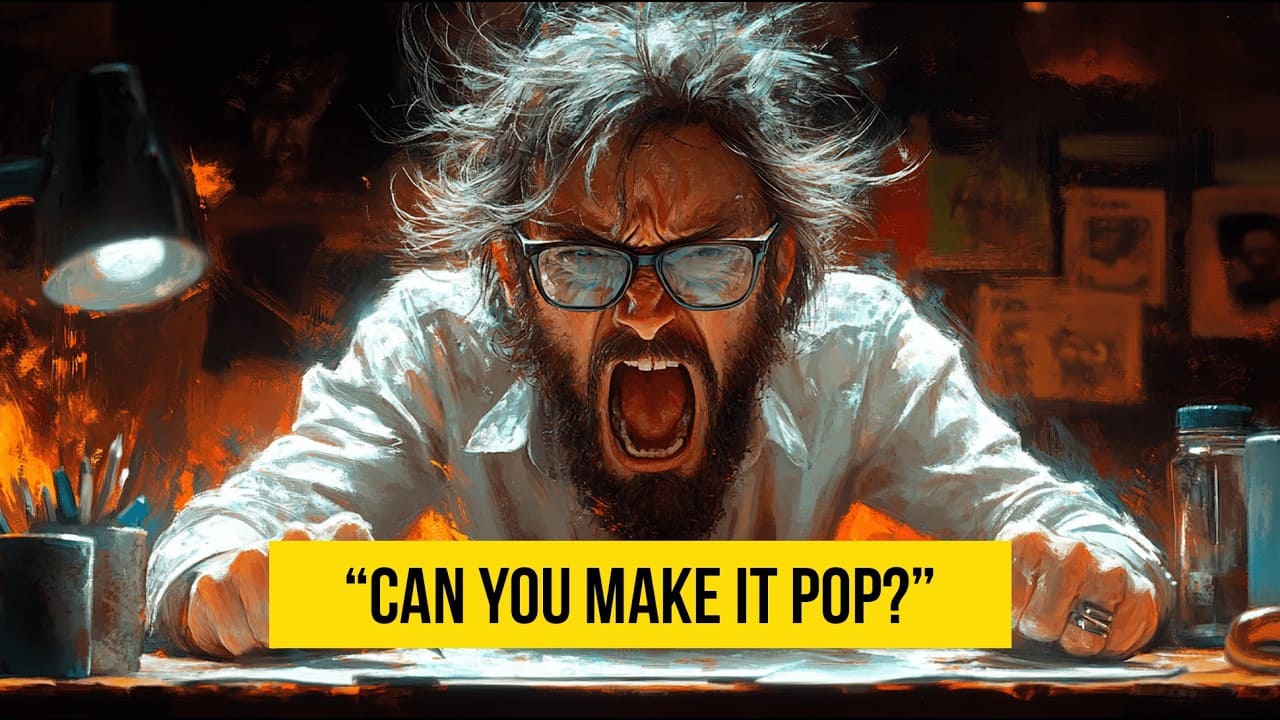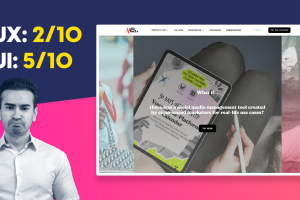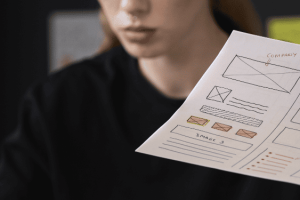
Why are designers difficult to work with?
Working with creative individuals can be both rewarding and challenging. As someone who has been designing since 2012, I’ve observed that the friction often arises not because creative people are difficult but because they think differently. In this blog post, we’ll explore the key reasons behind this friction and provide insights into how to work more effectively with creative professionals.
The Unique Work Environment of Designers
Remote and Hybrid Work Setups
One of the primary reasons for the disconnect between creative professionals and traditional business environments is the work setting. Designers often work remotely or in a hybrid mode, which means they aren’t always familiar with the typical office dynamics like board meetings or daily face-to-face interactions.
- Relaxed Atmosphere: Working from home or a coffee shop leads to a more relaxed work environment. This setting often allows designers to focus more on their creative process without the pressure of constant meetings or the need to dress in business attire.
- Different Interaction Styles: This remote work style can change the way designers interact with clients and colleagues. They may not be as accustomed to the formalities of office culture, which can sometimes create a disconnect when collaborating with more traditional teams.
The Nature of Creativity in Business Settings
Creativity vs. Linear Processes
Another significant challenge is the nature of creativity itself. In most business settings, goals are achieved through linear processes. The more effort you put in, the closer you get to your objective—like doing a set number of push-ups to improve fitness.
- Non-linear Creative Process: However, creativity doesn’t follow this linear path. For example, designing a logo or a packaging concept can take anywhere from a few minutes to several months. The amount of effort invested doesn’t necessarily correlate with the quality of the outcome.
- Freedom is Key: Creative work requires a level of freedom that isn’t always compatible with traditional business timelines. For instance, the Nike logo, which can be sketched in minutes, is still highly valuable despite the minimal time spent on its creation.
The Dilemma of Deadlines
Time Constraints and Creative Work
Deadlines are crucial in most business operations, but they don’t always align well with the creative process.
- Short-term vs. Long-term Projects: If you’re asking a designer to create multiple social media banners, setting a deadline is reasonable. However, when it comes to more complex projects like developing a brand’s visual identity—including the logo, color scheme, and overall aesthetics—imposing a hard deadline can be counterproductive.
- Unpredictable Timelines: Creative professionals often struggle to provide exact timelines. When asked how long a project will take, the answer is usually along the lines of “It depends.” This is because the creative process can’t be forced into a strict timeframe without potentially compromising the quality of the work.
The Corporate Disconnect: Control vs. Creativity
The Issue of Control
Business environments thrive on control and predictability. Shareholders and managers want to know when a project will start, reach 25% completion, hit the 50% mark, and finally be completed. However, these rigid frameworks can stifle creativity.
- Boxed In: Expecting creative professionals to adhere to strict milestones can limit their ability to think outside the box and deliver truly innovative work.
- Daily Check-ins and Stand-ups: Similarly, daily check-ins, stand-up meetings, and hourly billing can be detrimental to the creative process. These practices may work well in other areas of business but can be restrictive for designers who need the freedom to explore and experiment.
In summary, the challenges of working with creative professionals stem from their unique work environments, non-linear processes, and the inherent unpredictability of creativity. Designers are not always accustomed to the corporate environment, and their work doesn’t always fit neatly into traditional business frameworks.
What’s Next?
As we delve deeper into this topic, we’ll explore practical solutions to common challenges such as assigning the correct value to creative work, crafting effective briefs, providing constructive feedback, and establishing clear communication channels. By understanding these friction points, we can begin to bridge the gap between creativity and business, leading to more successful collaborations.
Stay tuned for more insights on how to effectively work with creative professionals!




